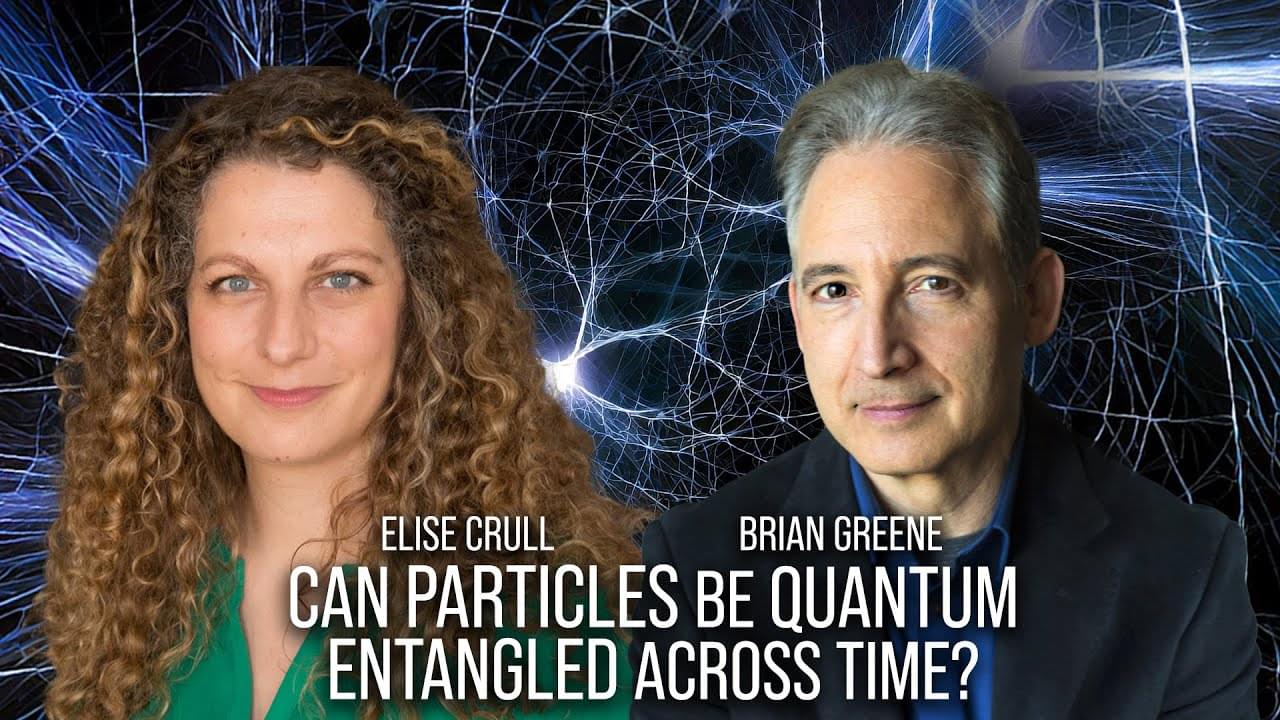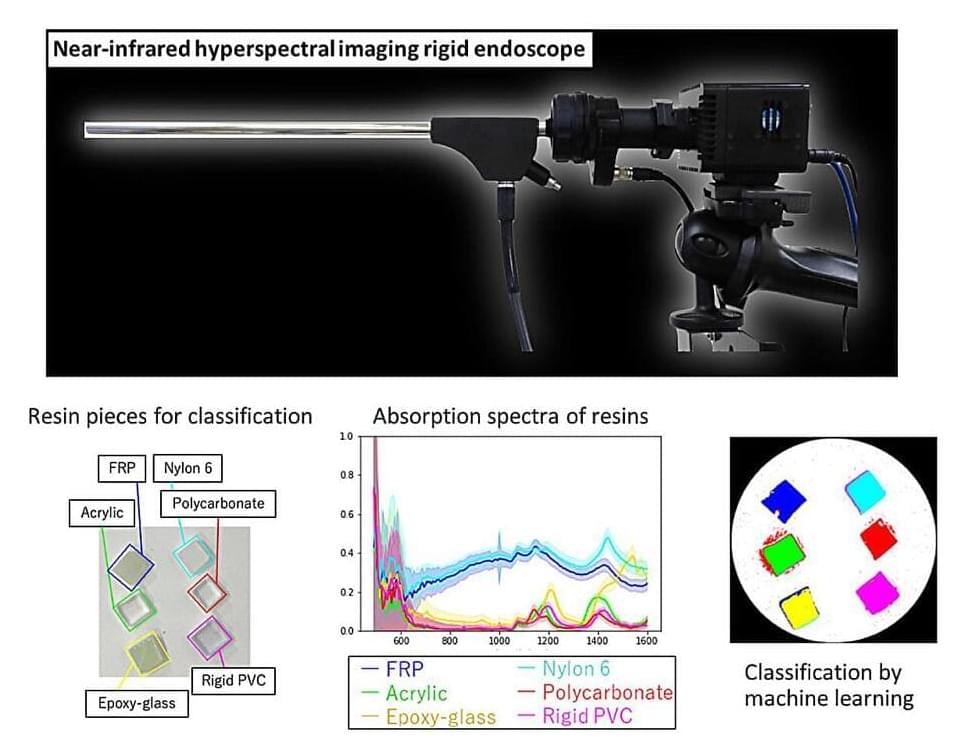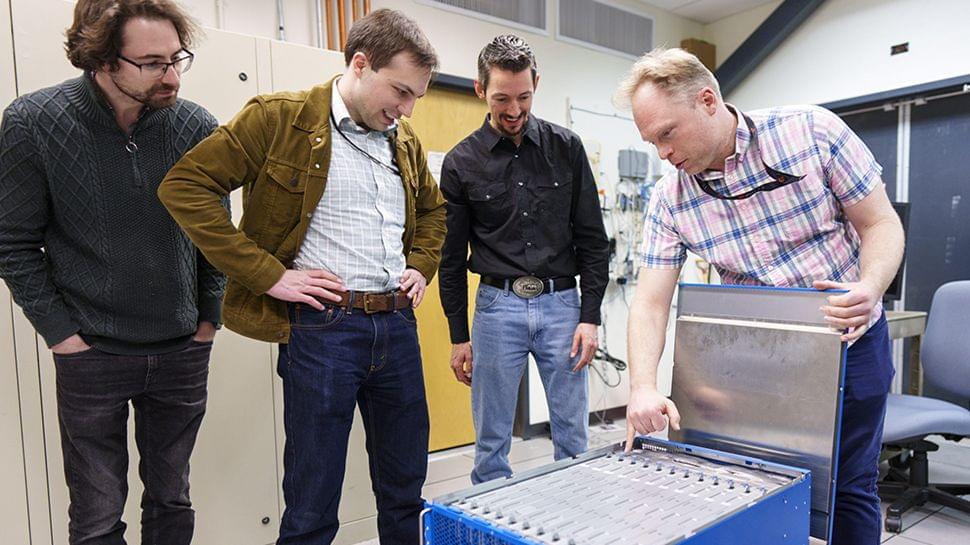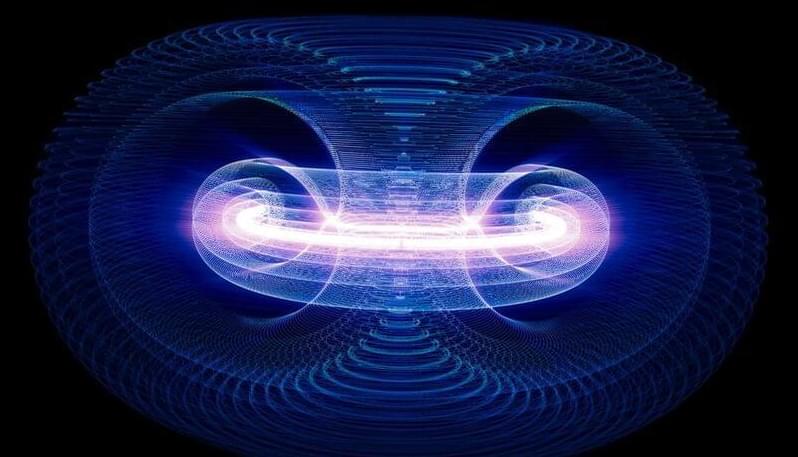Angela Ting, Ph.D., was intrigued by the field of epigenetics as soon as she was introduced to it in college. Now, she runs a research lab that explores how epigenetics plays a role in the development of cancer. She wants to use that knowledge to better treat patients with certain types of cancer.
In an age marked by remarkable technological advancements, the field of robotics exemplifies humanity’s boundless potential for innovation. In recent years, certain types of robots have consistently captured our attention, with humanoid robots standing out as pioneers, alongside pre-programmed robots, autonomous robots, teleoperated robots, and augmenting robots.
With advancements in technology, the evolution of humanoid robotics pushes the boundaries of what was once considered purely sci-fi into the realm of reality. Engineered to emulate the human form both physically and cognitively, these robots are equipped with a sophisticated array of cameras, sensors, and cutting-edge AI and ML technologies. This enables them to not only perceive their surroundings but also to interact with humans in increasingly nuanced ways, from recognizing objects to sensing and responding to environmental cues.
That being said, the sector is poised for significant growth. According to research firm MarketsandMarkets, the humanoid robot market size was valued at $1.8 billion in 2023 and is anticipated to be $13.8 billion in the next five years, growing at a CAGR of over 50.2%.
Physicist Sean Carroll on entropy, complexity, and the origins of life:
6 min.
—
with.
Could a future superintelligence bring back the already dead? This discussion has come up a while back (and see the somewhat related); I’d like to resurrect the topic because … it’s potentially quite important.
Algorithmic resurrection is a possibility if we accept the same computational patternist view of identity that suggests cryonics and uploading will work. I see this as the only consistent view of my observations, but if you don’t buy this argument/belief set then the rest may not be relevant.
The general implementation idea is to run a forward simulation over some portion of earth’s history, constrained to enforce compliance with all recovered historical evidence. The historical evidence would consist mainly of all the scanned brains and the future internet.
1,769 views • Premiered 82 minutes ago • #worldsciencefestival #quantumentanglement #briangreene
Hyperspectral imaging (HSI) is a state-of-the-art technique that captures and processes information across a given electromagnetic spectrum. Unlike traditional imaging techniques that capture light intensity at specific wavelengths, HSI collects a full spectrum at each pixel in an image. This rich spectral data enables the distinction between different materials and substances based on their unique spectral signatures.
Near-infrared hyperspectral imaging (NIR-HSI) has attracted significant attention in the food and industrial fields as a non-destructive technique for analyzing the composition of objects. A notable aspect of NIR-HSI is over-thousand-nanometer (OTN) spectroscopy, which can be used for the identification of organic substances, their concentration estimation, and 2D map creation. Additionally, NIR-HSI can be used to acquire information deep into the body, making it useful for the visualization of lesions hidden in normal tissues.
Various types of HSI devices have been developed to suit different imaging targets and situations, such as for imaging under a microscope or portable imaging and imaging in confined spaces. However, for OTN wavelengths, ordinary visible cameras lose sensitivity and only a few commercially available lenses exist that can correct chromatic aberration. Moreover, it is necessary to construct cameras, optical systems, and illumination systems for portable NRI-HSI devices, but no device that can acquire NIR-HSI with a rigid scope, crucial for portability, has been reported yet.
Tesla CEO Elon Musk has arrived in Beijing on an unannounced trip, where he is expected to discuss the rollout of Full Self-Driving (FSD) software and permission to transfer data overseas, according to a person with knowledge of the matter.
Chinese state media reported that he met Premier Li Qiang in Beijing, during which Mr Li told Mr Musk that Tesla’s development in China could be regarded as a successful example of US-China economic and trade cooperation.
“Honoured to meet with Premier Li Qiang. We have known each other now for many years, since early Shanghai days,” Mr Musk posted on social media platform X, as he appeared in a picture with the premier.
Neuromorphic computing is about mimicking the human brain’s structure to deliver more efficient data processing, including faster speeds and higher accuracy, and it’s a hot topic right now. A lot of universities and tech firms are working on it, including scientists at Intel who have built the world’s largest “brain-based” computing system for Sandia National Laboratories in New Mexico.
Intel’s creation, called Hala Point, is only the size of a microwave, but boasts 1.15 billion artificial neurons. That’s a massive step up from the 50 million neuron capacity of its predecessor, Pohoiki Springs, which debuted four years ago. There’s a theme with Intel’s naming in case you were wondering – they’re locations in Hawaii.
This new propulsion system could rewrite the rules of spaceflight—not to mention completely defy conventional physics.
Scientists have hailed the “exciting” discovery of a type of porous material that can store carbon dioxide.
The research, published in the journal Nature Synthesis, saw a team led by scientists at Heriot-Watt University in Edinburgh create hollow, cage-like molecules with high storage capacities for greenhouse gases like carbon dioxide and sulphur hexafluoride. Sulphur hexafluoride is a more potent greenhouse gas than carbon dioxide and can last thousands of years in the atmosphere.









